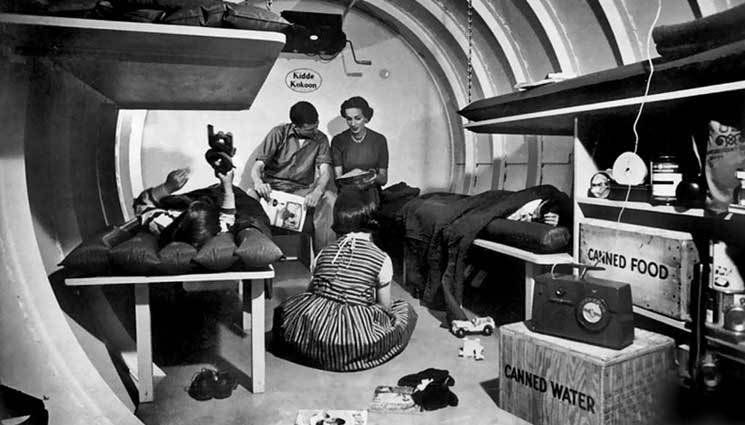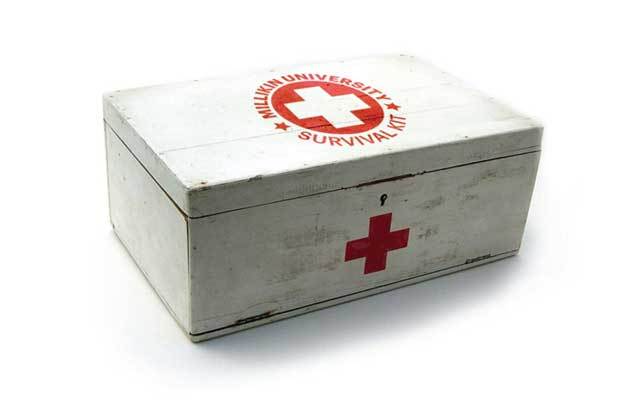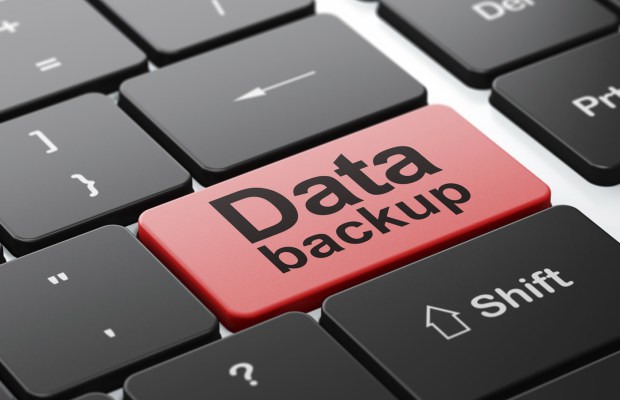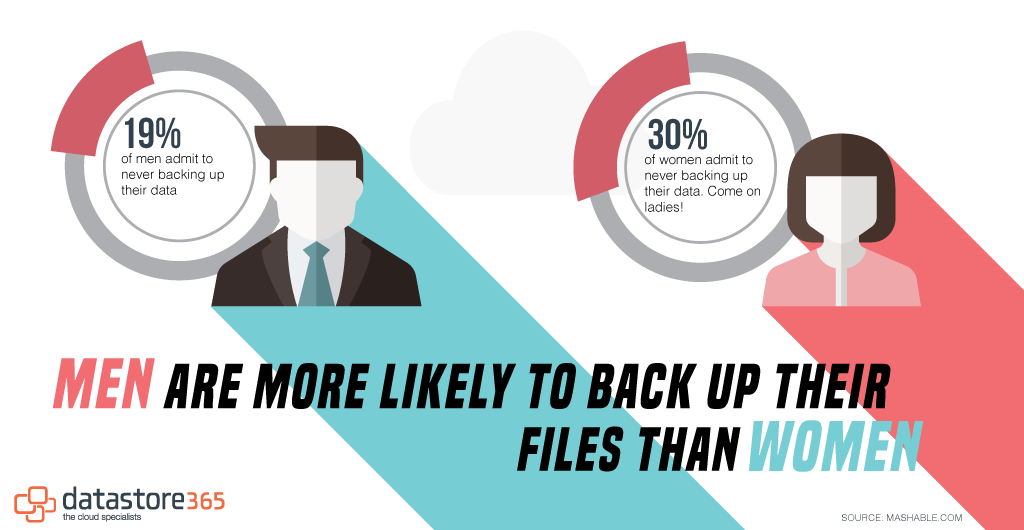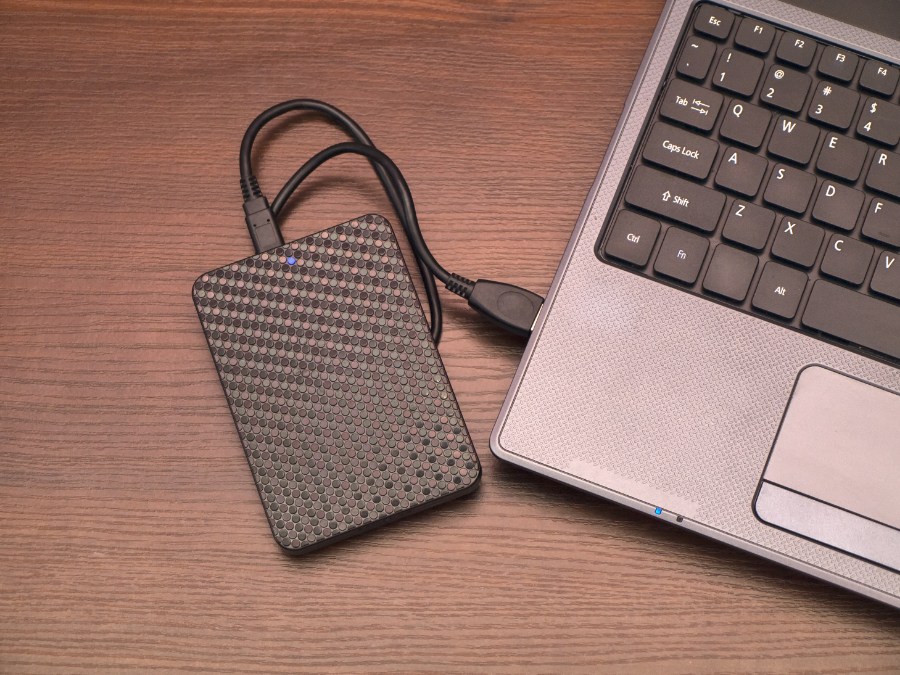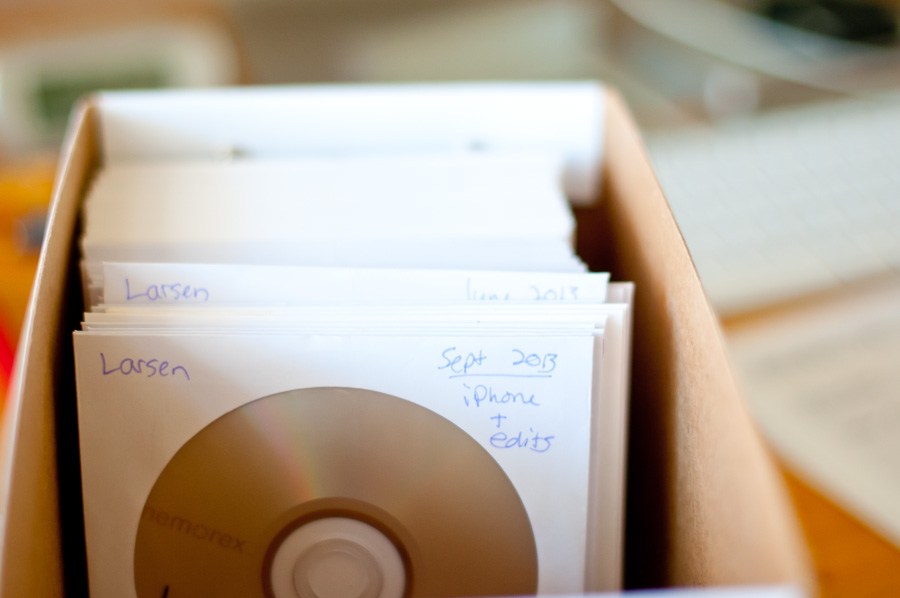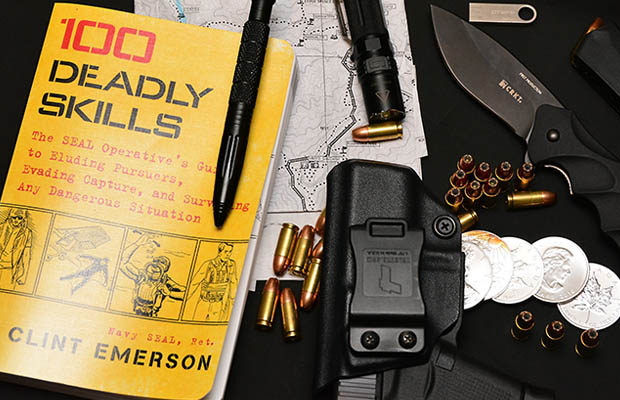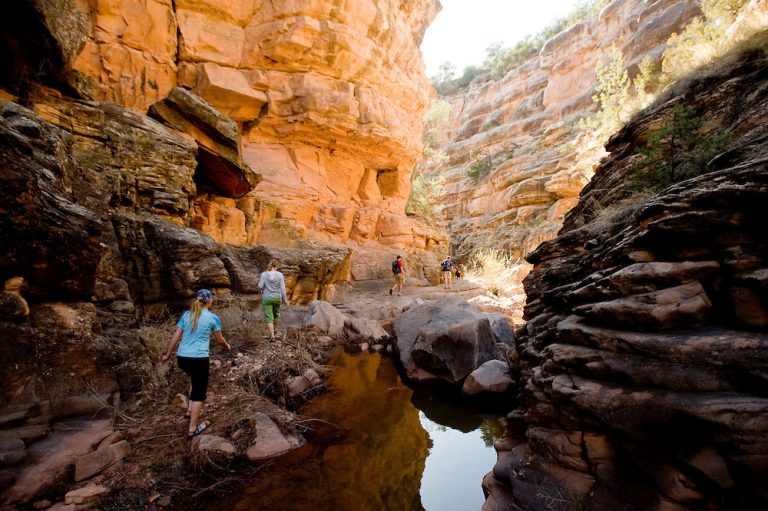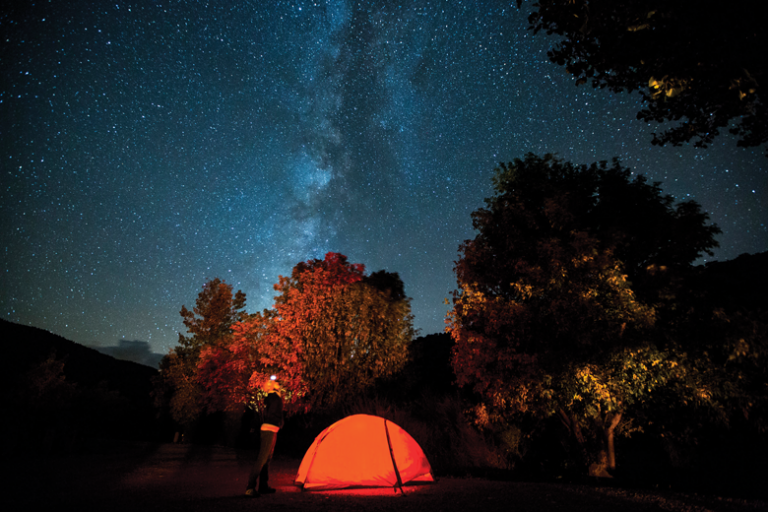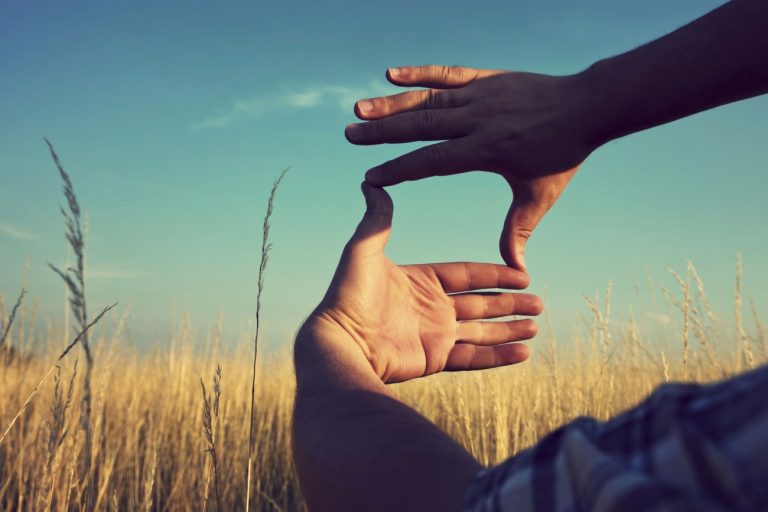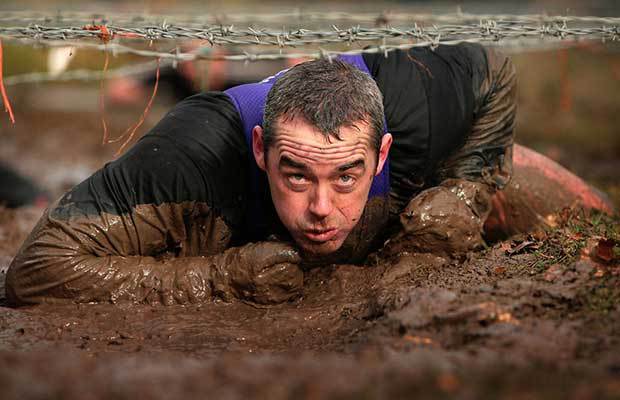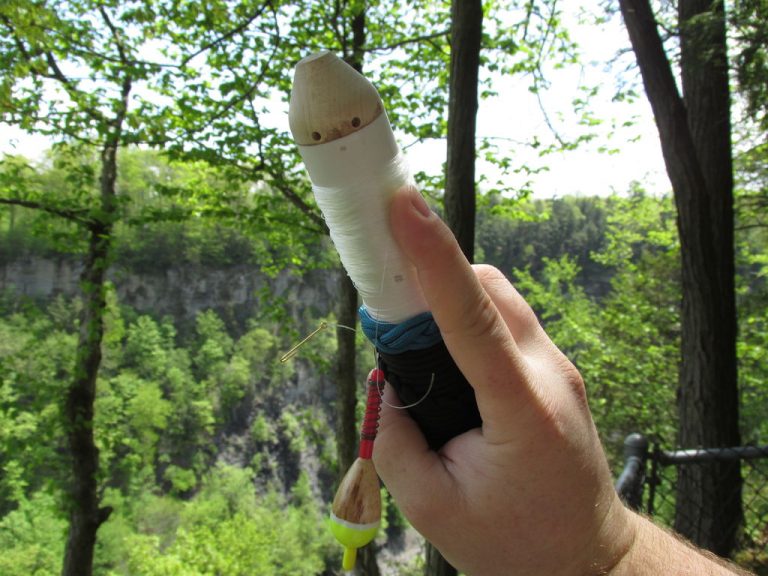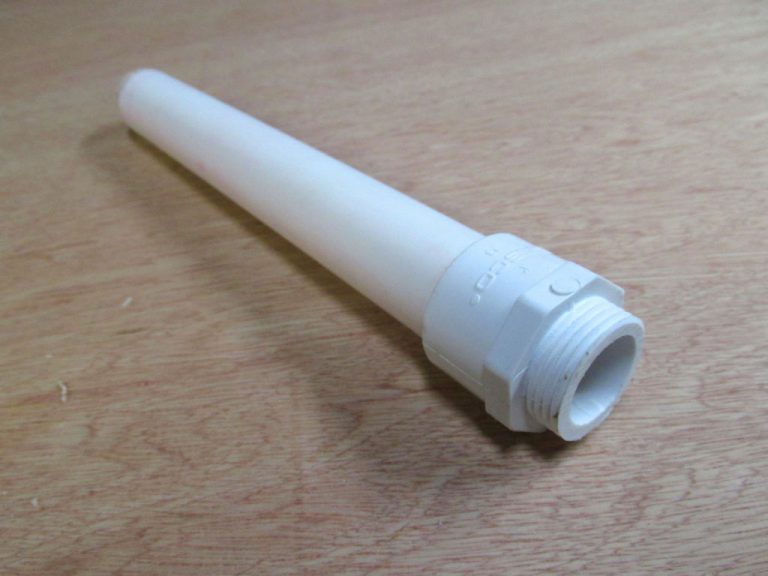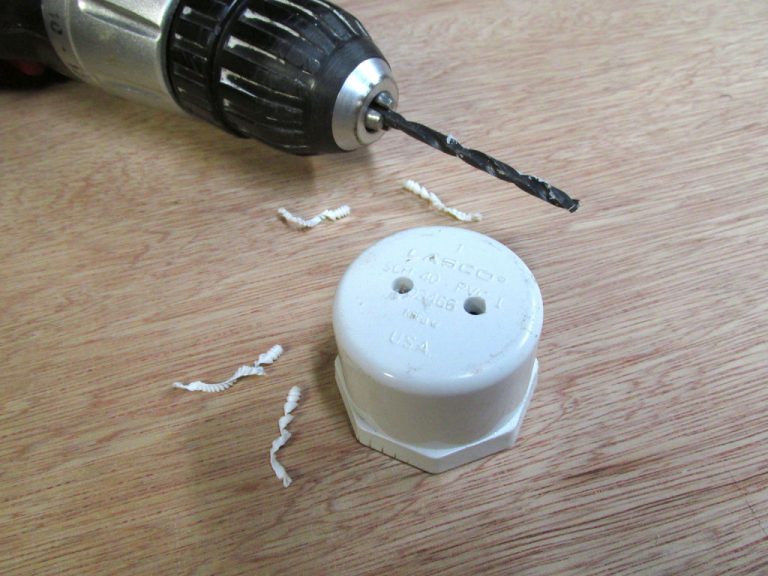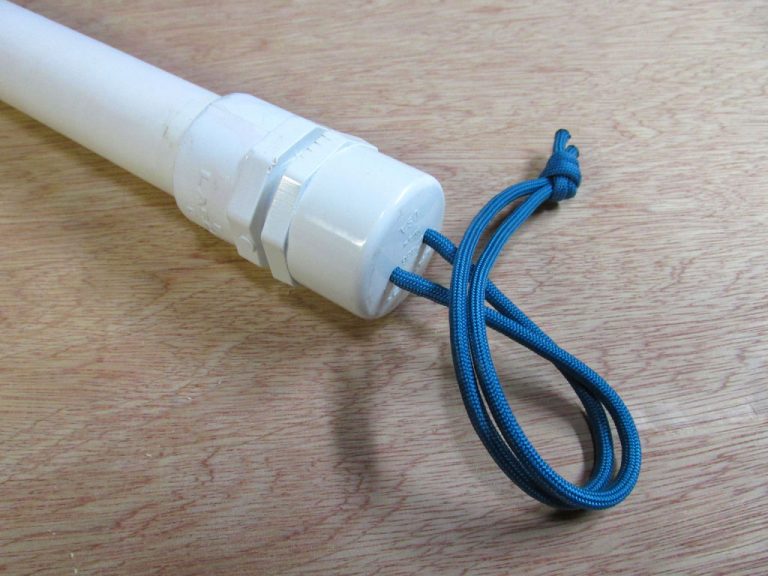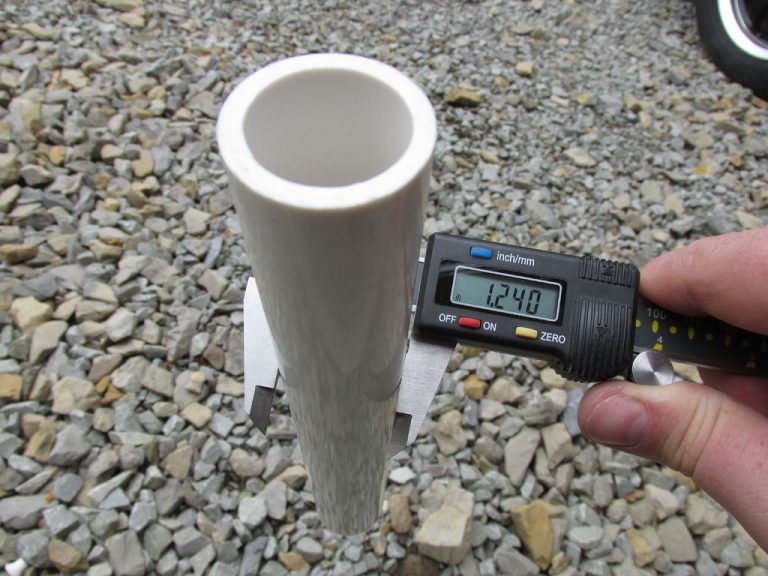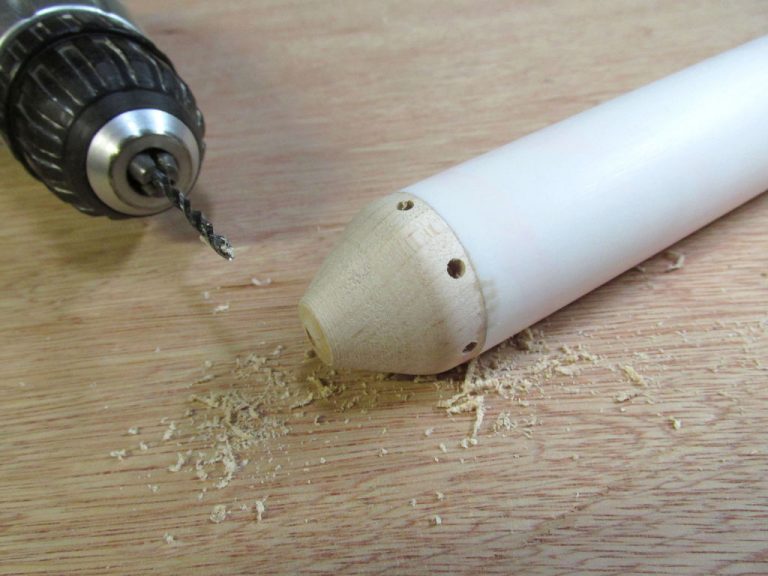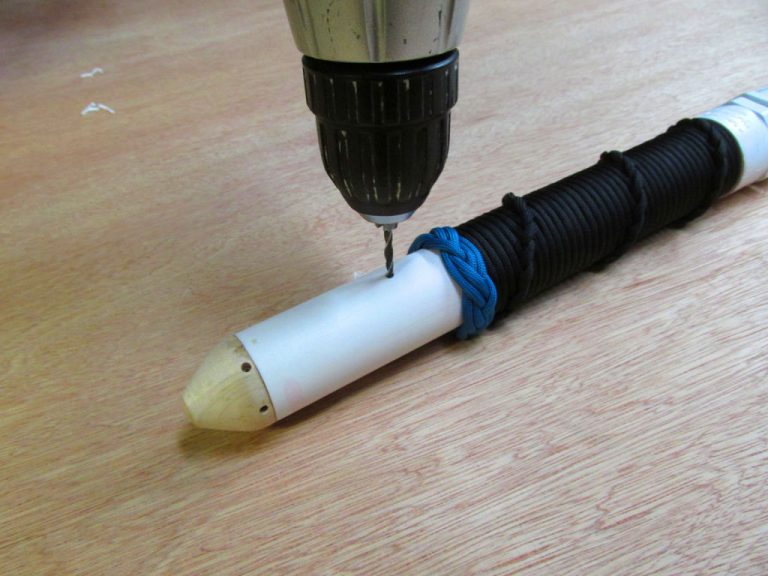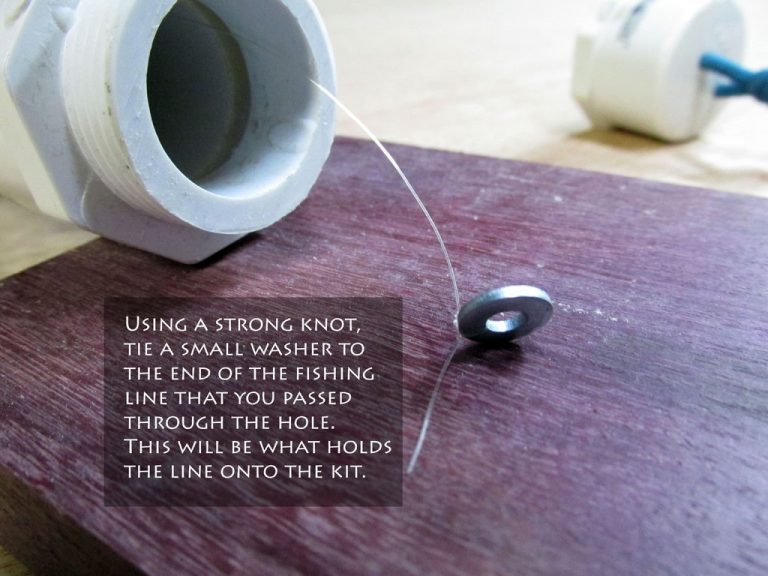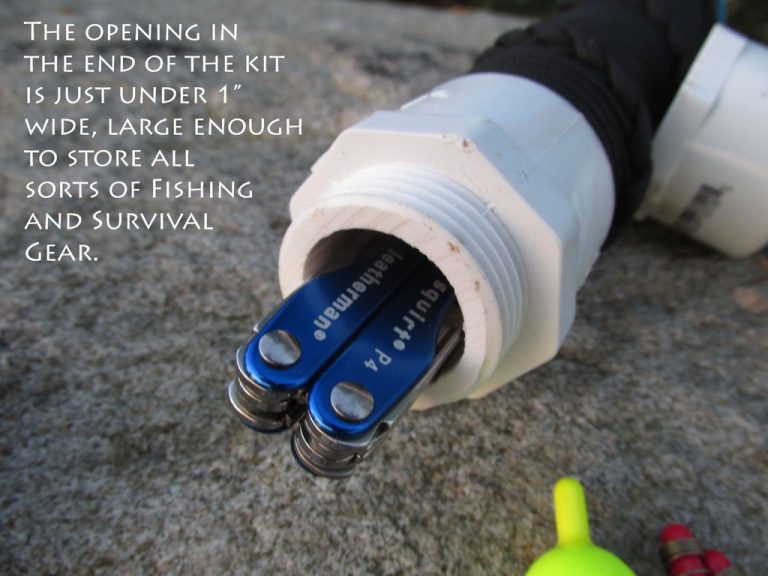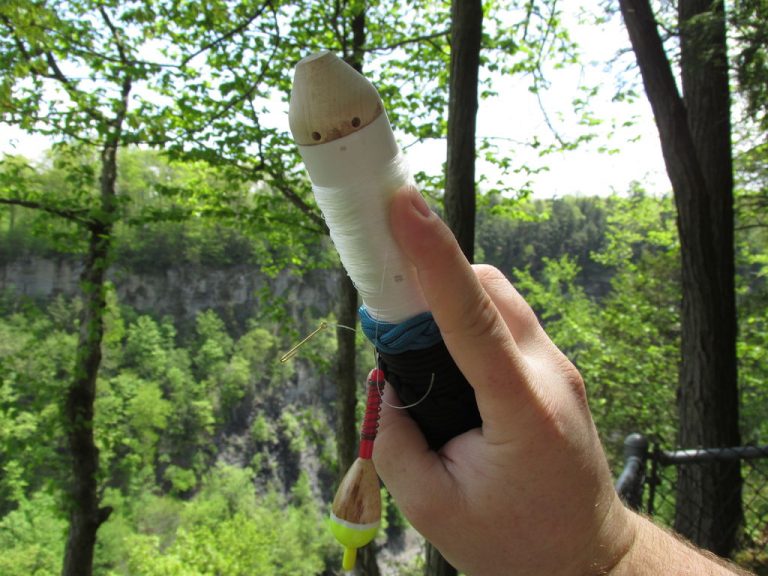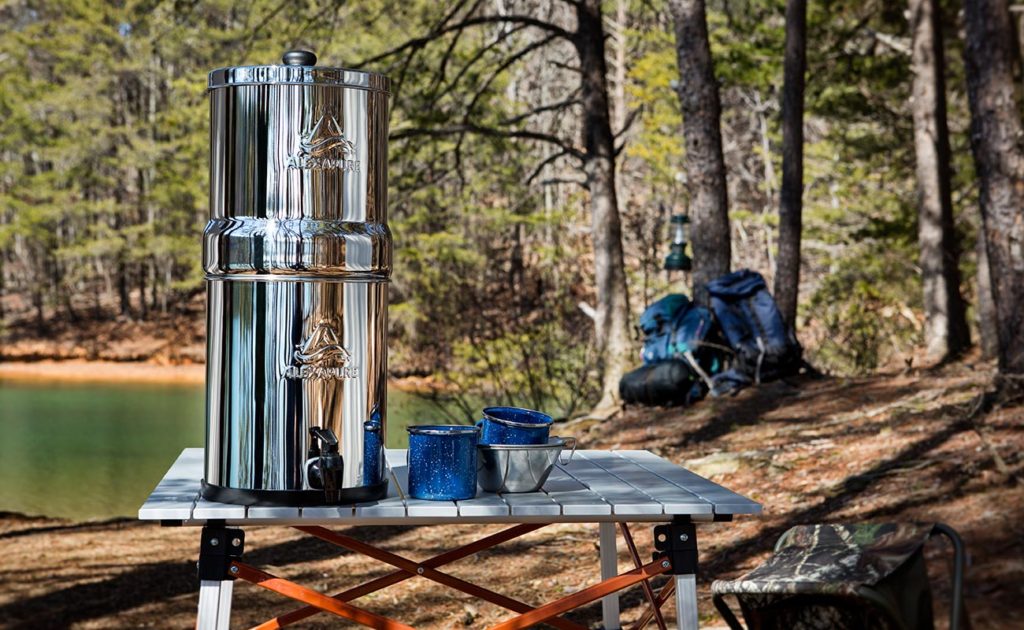What Is A Prepper?
You could ask this question of a half-dozen people and get as many ideas or views.
One of the more common views is; someone who is ‘paranoid’ and who collects/stockpiles and stores equipment (including guns and ammo), food and supplies in preparation for some kind of looming doomsday event.
Personally I am concerned that some people harbor this largely inaccurate view of ‘Preppers‘.
Allow me to provide my definition of a ‘Prepper’, but first let’s look at the current Wikipedia definition:
Prepper
“A Prepper is an individual or group that prepares or makes preparations in advance of, or prior to, any change in normal circumstances…”
So, as we see from this definition, there are no allegations of ‘paranoia’ or condemnation for anti-social behavior.
Nonetheless, from my chair, this definition lacks critical details relating to the motives or reasons for ‘prepping’ as well as the resulting mechanisms and tactics.
From my perspective Preppers are:
Anyone who has observed recent history and the re-occurring disasters (both natural and made-caused) that have resulted in massive casualties and/or loss of life, and in consideration of lessons learned or stemming from such events coupled with the odds of the re-occurrence of any such events, takes appropriate and measured steps to deal-with and/or survive any such events which may occur in their environment.
A Prepper could be: A man/woman/family who reads a newspaper story about a fire in a two-story home, where the occupants died because there were trapped on the second-floor, so they went-out and bought a window-deployed ladder and trained-on how to deploy and use said ladder.
Of course this is a highly simplified example. Most Preppers are intelligent enough to realize that there many more statistically credible events, including but not limited to fires, that require some form of preparations through the acquisition and subsequent training using various types of equipment.
Another Prepper might be a person who: Observed the events of the recent Hurricane Harvey, by either witnessing or reading about how thousands of people went without clean water, food, shelter and electricity for many weeks, even though Government organizations tried to provide assistance. And in response to the clear and obvious lessons learned from the people who suffered, in combination with the odds and frequency of a re-occurrence of another hurricane or storm, this person goes out and buys some food, water, flashlights, tent/sleeping bags and other such supplies and stores them for emergency use.
These foregoing simplified examples are by no means ineffective or worthless precautions, nor do they reflect any unhealthy form of paranoia or cult activity. No more so than people making certain of having a spare-tire and jack in the trunk of a car. The fact that millions of people insist on having a spare-tire and jack is certainly no indication of a ‘cult movement’.
There are various levels of being prepared and that has a lot to with a person’s financial ability to provide some measure of preparedness for a multitude of statistically meaningful risk scenarios. Just as with a person’s ability to buy various amounts of life insurance protection (another ‘cult’ activity). And the reason for the reference to the word ‘cult’ is a poke at a psychologist who recently alluded to the Prepper movement a ‘cult movement’.
One example of a more complex prepping scenario might be a family who lives in a two or three story home that is situated; within the 100-year flood-plain of a nearby river, where said location is also on a major active earthquake fault-line; and, is in the tornado belt of the U.S. with additional exposure to the effects of coastal hurricanes…. and yes, there are more than a million homes in this exact situation!
In this example, this family would be quite reasonable and prudent in taking the following measures, including but not limited to:
- Buying and installing some form of underground tornado shelter
- Buying and equipping their home with fire and smoke detectors, fire extinguishers and collapsible deploy-able ladders from the upper floor windows of the house.
- Buying and training in the use of an advanced first-aid kit.
- Having at least a two weeks supply of water and food for everyone in the home.
- Buying some form of a small boat (inflatable or rigid) with some lifejackets and emergency signaling devices.
- Buying an emergency two-way radio with a NOAA weather channel.
And in respect to all of the aforementioned equipment; training in the proper use of all of it.
Any physiologist that infers that people who are preparing for statically relevant risks is uninformed and narrow minded. And such a person will likely be one of the first people that require the services of emergency services in the event of any disaster.
In fact, I would bet that if we randomly tested a dozen such people (psychologists) on something as simple as how to change a flat tire, or how to check the power-steering fluid on their own cars, most would fail to be able to do so. And I am sure that we could find some other psychologist somewhere who would have a ’study’ and a scientific name for people like that (who can’t do much for themselves), which might likely be couched as a form of mental disability as well. So when I read about one or two psychologists calling Preppers ‘cultists‘, I have to laugh, thinking of them standing helpless in the rain trying to figure-out how to put a spare tire on their own car, which is something that any Prepper can do.
So far, we have covered the basics, but what is a Prepper in the greatest sense of the definition?
Again, the answer varies; from my perspective it’s this:
A Prepper is in a constant state of studying his environment and learning, using that information on both a daily basis and in the event of an actual emergency. Preppers are not worried about potential events that occur every million years and the like.
They are in fact not worried about much! That’s because they have done the calculus and understand the frequency of potential events. And in weighted-proportion to the odds of such risks, have taken prudent measures through the acquisition of equipment and training so they are in a better position to maximize their odds of surviving many credible potential disasters, as well as possibly being in a position to help others around them.
People who are not so prepared merely place added risks on the people around them once they become desperate. This phenomenon was observed in the aftermath of Katrina where desperate people took advantage of anyone around them! Even inside the (‘safety’) of FEMA camps that were established for the survivors of Katrina, gangs took over inside the camps and engaged in all forms of criminal activities, including assault, extortion and rape.
Using a martial arts analogy, in the sense that a ‘white-belt’ might be someone that is just getting starting and has little knowledge, training and equipment, some people might be black-belt Preppers, having accumulated a wealth of knowledge, experience and equipment.
The one thing that I think is greatly misunderstood by many people, Preppers included, is that Prepping picks up where bushcraft skills leave off. In fact, I believe that bush-crafting skills are the ground-level prerequisites for Prepping.
Preppers need to first master their bushcrafts before they move on to more complex technological skills! Preppers should first master being a ‘minimalist’ (survivalist) and be able to live off the grid with almost nothing. I am talking about all the key bushcraft skills that are taught at survival schools. You have to be able to make fire without a lighter, matches or a fire-steel. You have to be able to make tools from nature, find water, maker a shelter, hunt, fish, trap and forage among other bushcrafting skills.
There are many ways to accomplish this in baby steps… The Scouting programs (Cub Scouts, Boy/Girl Scouts, etc.) are great starting points and are not limited to just kids! Adults can join-in as assistants to Scout Masters and learn the skills by helping out. There are also many wilderness survival schools where you can spend a weekend or even a week or two in the field, and get all the basics down in one effort.
Going to the next level, is in my opinion, where prepping begins. I believe that a Prepper must have it all; seeking bush-crafting skills and the training to fully maximize the use of many technologies as required for long-term survival, including the integration and use of modern supplies, materials and equipment into a basic survival platform.
Post Disaster survival may require long-periods of time, possibly up to years. So you must transcend mere survival and engage in living with some comforts. This is where old-school skills will shine and where the ability to design and build rudimentary equipment will greatly enhance long term survival. If you possess the skills and mental abilities, you can design and build post-disaster equipment from nature; Windmills and hydro-mechanical-power and much more can be at the center of off-grid homesteads and small population centers.
Some readers may be thinking this sounds too easy? Have you tried building a drive-gear from wood without any modern tools? Can you do the geometry and math to figure the gear sizes and ratios? These are questions that some Preppers have put to the test.
As we see, there are almost as many definitions of what a ‘Prepper’ is as there experts on the subject.
From my chair, too many people believe that a Prepper is just someone who has collected a lot of guns and ammo, and has stored a lot of gear and supplies. That however is not a view I hold, even though there are some people who do exactly that thinking they are in fact Preppers.
In my opinion, a ‘Prepper’, in the broadest sense of the definition, has mastered all of the basic bushcrafts just as a pre-requisite to mastering many other advanced skill sets such as survival engineering (building systems that will allow long-term survival with some comforts), just as one example. Survival Engineering requires a deep understanding of basic chemistry and physics, as well as being able to use or re-purpose almost any piece of modern equipment that may be needed in an emergency. Does ‘MacGyver’ come to mind?
Here’s one off-the-wall example of the value of multiple ‘Prepper’ skills:
If we were standing in Seattle, WA and the SHTF, how would we get out of town and into the remote mountain areas quickly? Being surrounded by a million people and sudden grid-lock will make all surface streets impassable; people will be out of control… and the risk factor is high and rising.
If I was alone or with a few friends, I could easily make it on-foot to one of many small local airparks (small neighborhood airstrips) where there are many small airplanes. I am not in any way suggesting that I would ever break any laws, but just like other pilots, I do have the skills to effectively (safely) ’borrow’ almost any airplane or helicopter and I could easily fly to a mountain valley in Canada. This would give me and whoever was with me a real shot at getting established in the woods and set-up well before any of the Zombies (armed survivors from the cites) arrived on our position, many days or weeks later.
As we see in this ‘one of many’ possible examples, having specialized skill-sets beyond bushcrafts provides many more tactical options and greatly increases the odds of surviving. And that is what it’s all about!
So a real Prepper is not just someone who is ‘prepped’ by buying a lot of ‘stuff’. A ‘Prepper’ is anyone who has aggregated a host of skills that extend beyond bushcrafts, martial arts, firearms, medical and basic survival skills, as well as the relevant equipment and supplies….. A ‘Black-belt’ Prepper… so to speak.
In the end, none of us really knows what skills and equipment may make the difference between life and death for ourselves or the people around us during or after any disaster.
Certainly risk assessment is all about the mathematics and odds. You have to do the math, establish the odds of any particular risks, and combined with your own abilities and resources, coupled with maintaining your desired lifestyle, try to reasonably address those risks which are statistically relevant in a reasonable and proportional manner.
It’s like having that spare tire and a jack in the trunk… once you do, you don’t worry about having a flat.
You could ask this question of a half-dozen people and get as many ideas or views. One of the more common views is; someone who is ‘paranoid’ and who collects/stockpiles and

